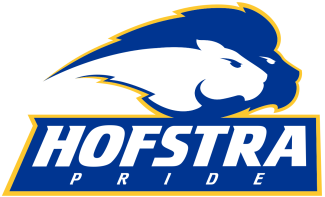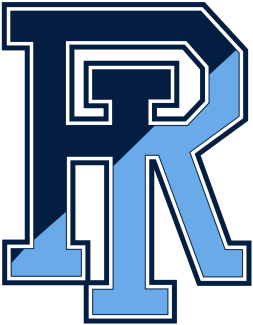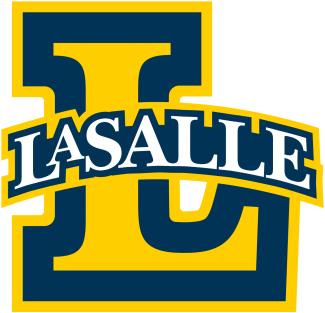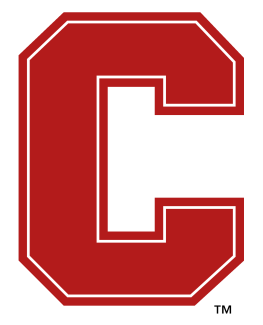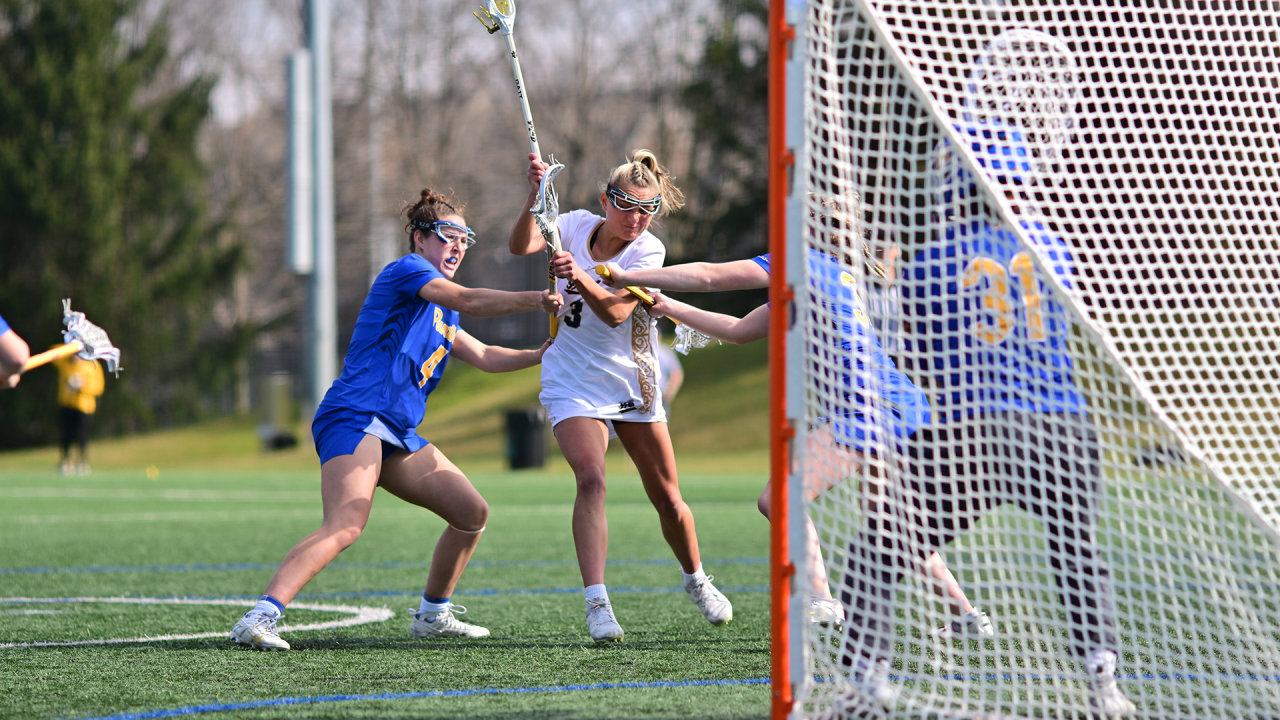The NCAA Women's Lacrosse Rules Committee has proposed making video review an optional rule for all games and allowing coaches to have two review challenges per game, beginning with the 2025 season.
Committee members, who met virtually last week, made the recommendation after examining video replay review, which was an experimental rule the previous two seasons.
All rule proposals must be approved by the NCAA Playing Rules Oversight Panel before becoming official. The panel is scheduled to discuss women's lacrosse rule proposals July 17.
Under the recommendation, both teams would have to agree to use the rule.
If a team chooses to issue a video review challenge and the call on the field is confirmed or there isn't enough video evidence to overturn a call, that team will be charged a timeout. A team would have to have a timeout to issue a video review challenge.
If a game enters overtime, teams would not be issued an extra video review challenge.
"The rules committee is in full support of moving video review from an experimental rule to an NCAA rule," said Kim Wayne, committee chair and women's lacrosse coach at Davidson. "Although the rule will be optional, the hope is that more teams and conferences will consider adding video review throughout the season. Adding video review will allow women's lacrosse to incorporate video review into the NCAA tournament, which the committee believed was an important next step."
Teams, through a coach or any player on the field of play at the time of the play/call, may request video review for the following:
- To determine when the release of a shot at the end of a possession, quarter or overtime period occurred in relation to the expiration of time for the game clock and/or the possession clock.
- To determine whether the whole ball entered the front of the goal by passing over the goal line, between the posts and underneath the crossbar.
- To determine whether the player shooting stepped on or into the goal circle or any other player of the attacking team entered the goal circle and, if so, whether the act of stepping on or into the goal circle was the result of a foul, at the discretion of the head official or request of a coach or any player on the field of play at the time of the shot and only in response to a goal or no-goal signal.
- To determine whether, as a result of a shot, the ball hits a pipe or deflects off the goalkeeper's stick.
- To confirm or overturn yellow- and red-card fouls.
- To identify yellow- and red-card fouls during the act of shooting (dangerous follow-through and dangerous propelling).
Under the proposal, officials may initiate video reviews at any point in a game for the following:
- To correct the game clock and/or possession clock when there is a malfunction or timing error.
- To determine when the release of a shot at the end of a possession, quarter or overtime period occurred in relation to the expiration of time for the game clock and/or the possession clock.
- To determine whether the ball came off the body of a player of the attacking team.
- To determine whether the whole ball entered the front of the goal by passing over the goal line, between the posts and underneath the crossbar.
- To determine whether the player shooting stepped on or into the goal circle or any other player of the attacking team entered the goal circle and, if so, whether the act of stepping on or into the goal circle was the result of a foul, at the discretion of the head official or request of a coach or any player on the field of play at the time of the shot and only in response to a goal or no-goal signal.
- To determine whether, as a result of a shot, the ball hits a pipe or deflects off the goalkeeper's stick.
- To determine whether a team had possession of the ball during a power play at the end of a quarter, overtime half or period for purposes of retaining possession at the start of a subsequent quarter, overtime half or period.
- To identify or confirm the number of the offender of a cardable foul.
- To determine flopping and embellishment fouls.
- To identify, confirm or overturn cardable fouls.
OTHER RULES PROPOSALS
Charging would no longer result in a one-minute releasable penalty between the restraining lines. Instead, it would be categorized as a general foul for the upcoming season.
Another proposal would tweak an existing rule that on a "simultaneous whistle," where the goalkeeper saves the ball inside or outside the goal circle but does not maintain possession, play will continue; a free position no longer will be awarded to the goalkeeper.

















